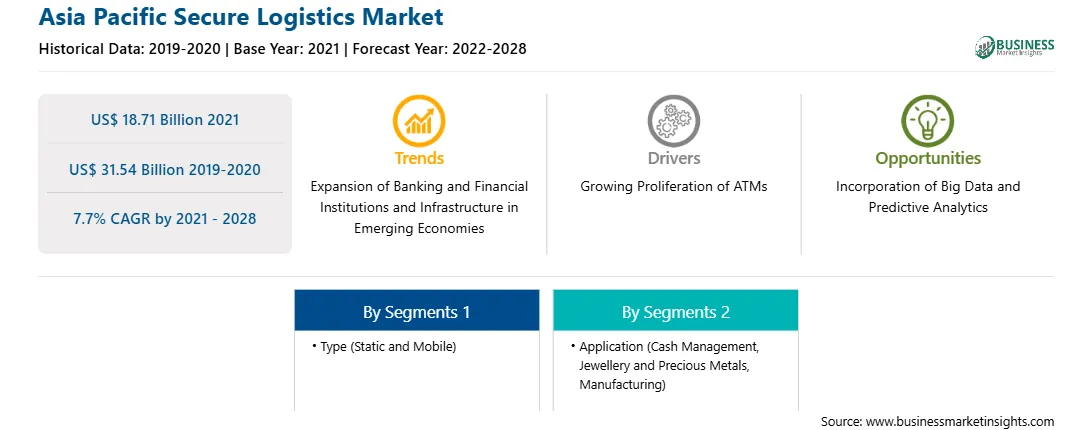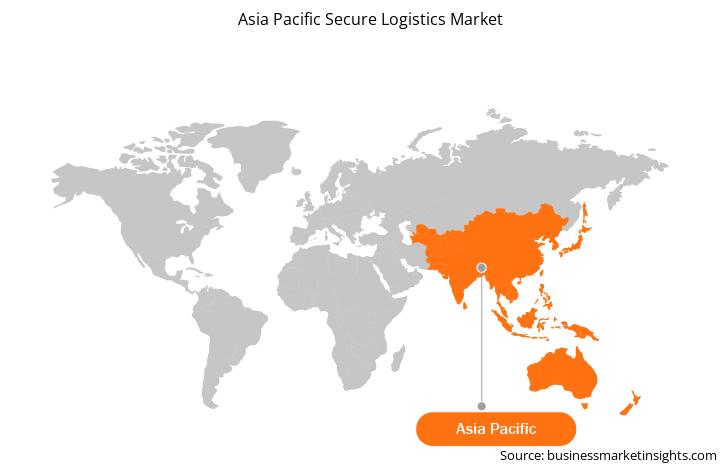In this age of globalization, many financial institutions must build strategic relationships to remain competitive and offer a varied range of services to consumers. Several countries across the region has a diverse financial sector that is rapidly expanding, both in terms of established financial services firms' robust growth and new entrants into the market. Commercial banks, insurance firms, non-banking financial companies, co-operatives, pension funds, mutual funds, and other smaller financial institutions make up the sector. New businesses, such as payment banks, have lately been allowed to be established by the banking regulator, expanding the types of entities that operate in the industry. However, financial sector is primarily a banking sector, with commercial banks accounting for more than 64% of the financial system's total assets. The several governments across the region has implemented several reforms to liberalize, regulate, and improve this business. The governments across the region have taken several steps to make it easier for micro, small, and medium enterprises (MSMEs) to obtain financing. The expansion and development in banking and financial institutions is anticipated to continue over the years, which is expected to boost the demand for secure logistics in the coming years across the APAC region.
APAC experienced a notable decline in several economic activities as government authorities mandated strict lockdowns, travel bans, and business shutdowns. Layoffs and salary cuts drastically hampered the buying capacity of the majority of consumers. Reduction in purchasing power resulted in weak demand for logistics services. The imposition of lockdown across China substantially disrupted its manufacturing sector in early 2020, thereby restricting the logistics and supply chain sector. Global companies that rely on top-level suppliers from Wuhan are affected due to the supply chain and logistics disruption in this region. India is the most affected country by COVID-19 in APAC and has undergone several lockdown phases. In 2021, with relations in lockdown and acceleration of vaccination processes, the logistics services resumed growth with the escalating use of online shopping platforms, rising adoption of ATM services, surge in manufacturing and construction activities, and resumption of retail shops and shopping malls in APAC.
With the new features and technologies, vendors can attract new customers and expand their footprints in emerging markets. This factor is likely to drive the APAC secure logistics market. The APAC secure logistics market is expected to grow at a good CAGR during the forecast period.
Strategic insights for the Asia Pacific Secure Logistics provides data-driven analysis of the industry landscape, including current trends, key players, and regional nuances. These insights offer actionable recommendations, enabling readers to differentiate themselves from competitors by identifying untapped segments or developing unique value propositions. Leveraging data analytics, these insights help industry players anticipate the market shifts, whether investors, manufacturers, or other stakeholders. A future-oriented perspective is essential, helping stakeholders anticipate market shifts and position themselves for long-term success in this dynamic region. Ultimately, effective strategic insights empower readers to make informed decisions that drive profitability and achieve their business objectives within the market.

| Report Attribute | Details |
|---|---|
| Market size in 2021 | US$ 18.71 Billion |
| Market Size by 2028 | US$ 31.54 Billion |
| Global CAGR (2021 - 2028) | 7.7% |
| Historical Data | 2019-2020 |
| Forecast period | 2022-2028 |
| Segments Covered |
By Type
|
| Regions and Countries Covered | Asia-Pacific
|
| Market leaders and key company profiles |
The geographic scope of the Asia Pacific Secure Logistics refers to the specific areas in which a business operates and competes. Understanding local distinctions, such as diverse consumer preferences (e.g., demand for specific plug types or battery backup durations), varying economic conditions, and regulatory environments, is crucial for tailoring strategies to specific markets. Businesses can expand their reach by identifying underserved areas or adapting their offerings to meet local demands. A clear market focus allows for more effective resource allocation, targeted marketing campaigns, and better positioning against local competitors, ultimately driving growth in those targeted areas.

The Asia Pacific Secure Logistics Market is valued at US$ 18.71 Billion in 2021, it is projected to reach US$ 31.54 Billion by 2028.
As per our report Asia Pacific Secure Logistics Market, the market size is valued at US$ 18.71 Billion in 2021, projecting it to reach US$ 31.54 Billion by 2028. This translates to a CAGR of approximately 7.7% during the forecast period.
The Asia Pacific Secure Logistics Market report typically cover these key segments-
The historic period, base year, and forecast period can vary slightly depending on the specific market research report. However, for the Asia Pacific Secure Logistics Market report:
The Asia Pacific Secure Logistics Market is populated by several key players, each contributing to its growth and innovation. Some of the major players include:
The Asia Pacific Secure Logistics Market report is valuable for diverse stakeholders, including:
Essentially, anyone involved in or considering involvement in the Asia Pacific Secure Logistics Market value chain can benefit from the information contained in a comprehensive market report.